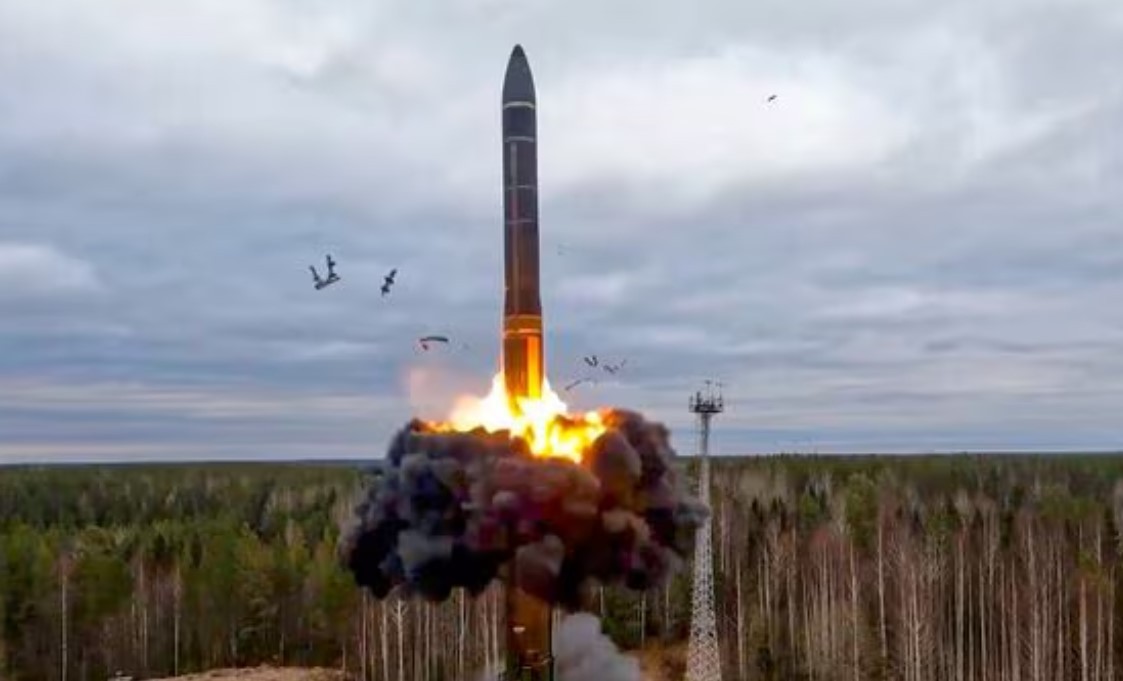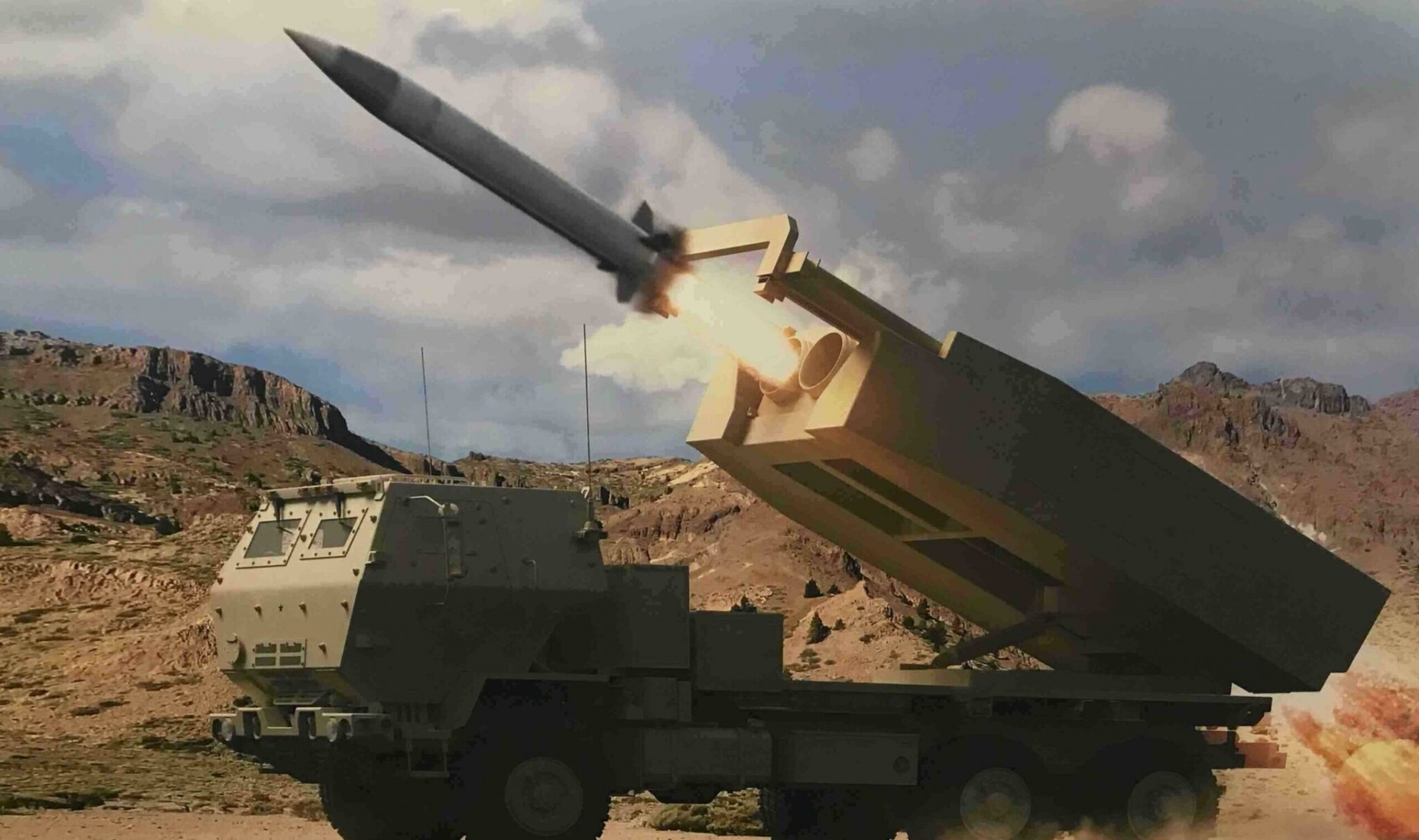The Anti-personnel Landmines Sent to Ukraine: Banned by Over 150 Nations, Approved by the U.S.
 Mystery of President Putin's Nuclear Briefcase (Cheget) and Russia’s Current Nuclear Arsenal Mystery of President Putin's Nuclear Briefcase (Cheget) and Russia’s Current Nuclear Arsenal |
 |
| The anti-personnel landmines the US is sending to Ukraine |
This move represents a significant departure from the global consensus against these controversial weapons. Anti-personnel landmines have been banned under the Ottawa Treaty by more than 150 countries due to their indiscriminate and long-lasting effects on civilian populations. However, the United States has opted for a strategic exception in this case, balancing military necessity against ethical and humanitarian concerns.
This article examines the specific types of anti-personnel landmines being supplied to Ukraine, the reasons for their global ban, and the broader implications of this decision.
Understanding Anti-Personnel Landmines
Anti-personnel landmines are small explosive devices designed to detonate upon contact with a person. Unlike anti-tank mines, they specifically target individuals, incapacitating or killing anyone who triggers them. These mines have historically served several military purposes:
- Denying enemy forces access to strategic areas.
- Creating defensive perimeters.
- Inflicting casualties and slowing troop advances.
However, their indiscriminate nature has made them infamous. Mines cannot distinguish between combatants and civilians, leading to devastating humanitarian consequences.
Historically, anti-personnel mines were deployed extensively in the 20th century, particularly during World War II, the Vietnam War, and conflicts in Afghanistan and Angola. Their legacy continues to plague countries worldwide, with millions of unexploded devices remaining active decades after conflicts have ended.
What Are the Anti-Personnel Landmines Being Sent to Ukraine?
The United States has not disclosed the exact models of anti-personnel landmines it is supplying to Ukraine. However, these mines are reportedly "non-persistent" and equipped with self-deactivation mechanisms. These features are designed to address some of the key criticisms of traditional landmines by reducing their lifespan and minimizing long-term risks to civilians.
Key Features:
- Self-Destruction Timers: These mines are programmed to deactivate after a set period, usually days or weeks.
- Remote Detonation: Modern mines can be deactivated or detonated remotely, giving military operators greater control over their use.
- Precision Deployment: Unlike earlier models, these mines are intended for targeted, strategic use in areas with active combat.
In Ukraine, these mines are likely to be deployed to protect critical infrastructure and halt advancing Russian forces. Their use will focus on strategic chokepoints and areas where Russian troops pose a direct threat.
The Ottawa Treaty: Why Are Landmines Banned?
The Ottawa Treaty, officially known as the Mine Ban Treaty, was adopted in 1997 to address the global humanitarian crisis caused by anti-personnel landmines. The treaty aims to eliminate the production, use, and stockpiling of these weapons while promoting their destruction. It also mandates the removal of existing mines and assistance to victims.
Reasons Behind the Ban:
- Indiscriminate Impact: Landmines cannot distinguish between soldiers and civilians, leading to widespread casualties during and after conflicts.
- Long-Term Dangers: Mines remain active for decades, endangering populations long after hostilities have ceased.
- Humanitarian Crisis: Countries like Afghanistan, Cambodia, and Angola have faced immense challenges in rebuilding due to mine contamination.
To date, 164 countries have ratified or acceded to the treaty. Notably, the United States, Russia, and China remain non-signatories, citing security concerns.
The U.S. Position on Anti-Personnel Landmines
The United States has long maintained a nuanced stance on anti-personnel landmines. While it has not joined the Ottawa Treaty, it has implemented policies to limit the use of such mines.
In June 2022, the Biden administration announced a significant shift toward aligning with the treaty's principles. The policy restricted the use of anti-personnel landmines except on the Korean Peninsula, where their strategic importance is deemed critical. However, the current decision to supply Ukraine with these mines highlights an exception driven by the urgency of the ongoing conflict.
Humanitarian and Ethical Concerns
Despite advancements in mine technology, anti-personnel landmines remain a deeply controversial weapon due to their humanitarian impact. The presence of landmines in conflict zones poses severe risks to civilians, including:
- Injury and Death: Landmines kill or maim thousands of people annually, many of whom are children.
- Hindrance to Recovery: Mines prevent the safe return of displaced populations and impede agricultural and infrastructure development.
- Psychological Trauma: Survivors and communities live in constant fear of unexploded devices.
Even with self-deactivating mechanisms, critics argue that no mine can be entirely safe for civilians. Humanitarian organizations have raised concerns about the risks posed by mines that fail to self-deactivate as intended.
Implications for Ukraine
For Ukraine, the decision to deploy anti-personnel landmines offers both strategic advantages and significant challenges.
Advantages:
- Enhanced Defense: Mines provide a means to slow or halt Russian troop advances in critical areas.
- Force Multiplication: They allow Ukraine to defend key positions with limited personnel.
Challenges:
- Civilian Safety: Mines pose a grave risk to Ukrainian civilians, especially in densely populated areas.
- Post-Conflict Recovery: Once the war ends, Ukraine will face the costly and time-consuming task of demining affected areas.
- International Law: As a signatory to the Ottawa Treaty, Ukraine risks reputational damage and legal scrutiny for using landmines, even if supplied by an ally.
Global Reactions and Criticisms
The U.S. decision has sparked global debate.
Supporters:
- Strategic Justification: Proponents argue that the exceptional circumstances of Ukraine's defense against Russian aggression warrant this decision.
- Controlled Deployment: Advocates emphasize the advanced, self-deactivating technology of these mines as a safer alternative to traditional devices.
Critics:
- Humanitarian Concerns: Organizations like the International Campaign to Ban Landmines (ICBL) have condemned the move, warning of long-term risks to civilians.
- Erosion of Norms: Some fear that this decision undermines international efforts to stigmatize landmines, potentially encouraging other nations to follow suit.
Conclusion
The U.S. decision to supply Ukraine with anti-personnel landmines highlights the complex intersection of military strategy, international law, and humanitarian concerns. While these weapons may provide Ukraine with critical defensive capabilities, their deployment risks significant civilian harm and long-term challenges.
As the global community continues to work toward disarmament and the elimination of landmines, this case underscores the difficulties of balancing immediate military needs with the broader goals of peace and human safety. The future of anti-personnel landmines—and the international norms surrounding them—remains uncertain in the face of evolving conflicts.
FAQs
-
What are anti-personnel landmines and how do they work?
Anti-personnel landmines are small explosive devices designed to detonate when triggered by human contact. They aim to injure or kill individuals and are often buried or camouflaged. Traditional mines remain active indefinitely, while modern versions may include self-deactivation mechanisms.
-
Why are anti-personnel landmines banned in most countries?
They are banned due to their indiscriminate nature, causing harm to both combatants and civilians. Mines can remain active for decades, leading to long-term humanitarian crises in post-conflict regions, including injuries, deaths, and hindered recovery.
-
What makes the U.S.-supplied mines to Ukraine different from traditional ones?
The mines supplied by the U.S. are reportedly equipped with self-destruct or self-deactivation mechanisms, which aim to reduce the risks to civilians by ensuring they are no longer active after a predetermined period.
-
Is Ukraine violating international law by using anti-personnel landmines?
Ukraine is a signatory to the Ottawa Treaty, which prohibits the use of anti-personnel landmines. However, the current situation raises legal and ethical questions, as the mines are being supplied by a non-signatory (the U.S.) and used under specific conflict circumstances.
-
What steps are taken to mitigate the risks of landmines to civilians?
Efforts include using modern mines with self-deactivation mechanisms, ensuring precise deployment away from civilian areas, and planning for demining operations post-conflict. However, even with these measures, risks remain significant.
 The Threat of World War Three from Ukraine’s Use of Long-Range Missiles The Threat of World War Three from Ukraine’s Use of Long-Range Missiles In this analysis, we will explore the geopolitical and military implications of this escalation, examine the rhetoric and potential responses from Russia, and assess whether ... |
 World War III in the Predictions of Prophets and Thinkers World War III in the Predictions of Prophets and Thinkers This article explores the most notable prophecies about World War Three, delving into the visions of famous seers from the past and contemporary predictions. |
 Sweden Brochure: In Case of Russia Attacks, How to Prepare for War Sweden Brochure: In Case of Russia Attacks, How to Prepare for War As Nordic nations instruct their citizens on how to prepare for a possible Russian attack, Sweden began distributing copies of a booklet on Monday that ... |



























